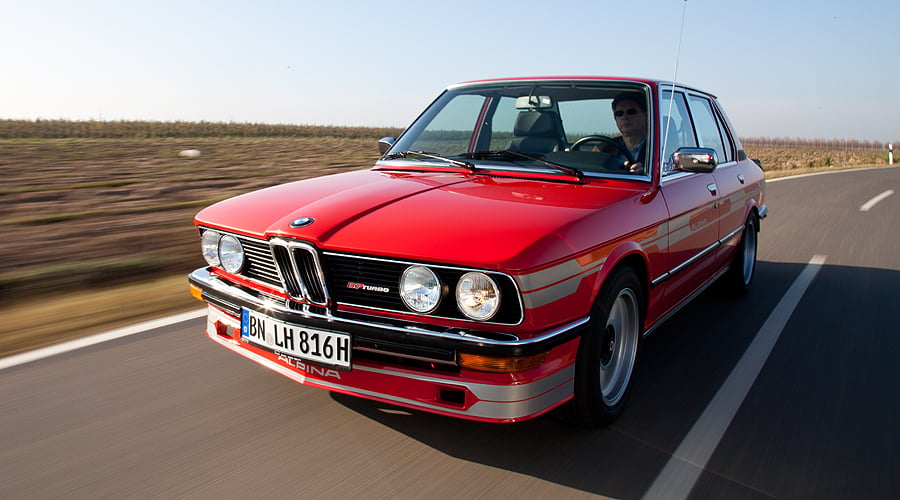
Nowadays, 300bhp from a turbocharged engine in an executive saloon is hardly unusual. In 1979, though, the combination was enough to make the BMW Alpina B7 Turbo one of the fastest four-seaters in the world. We’ve just spent some time in one, an example for sale at German dealer Pure Classics in Bonn.
This car, presented by the company’s owner, Frank Strothe, must be one of the best examples in the world. Thanks to a recent, complete restoration it looks as if it’s just been driven out of the showroom. Compared to today’s super-saloons from AMG, Brabus and Alpina, it seems just that little bit more discreet.
Apart from its bright red - Iberischrot - paintwork and iconic silver Alpina striping, of course.
Paul Bracq’s classic styling treatment of the E12-generation 5 Series still stands the test of time, with just the double-headlamps, wide 16in wheels and front and rear spoilers making the difference between a top-of-the-range 528i and humble 518. At the rear (the view most early 80s drivers would get of the car), the big ‘Alpina B7’ badges and rubber spoiler of this version tell a slightly different story.
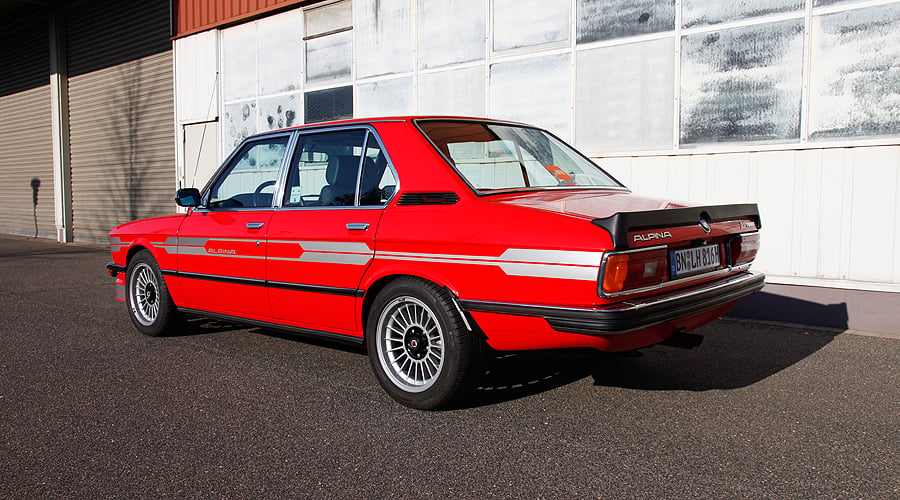
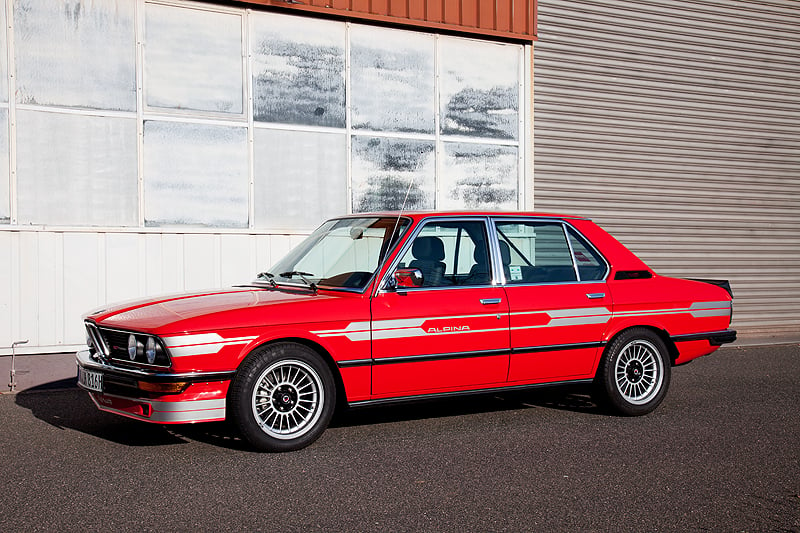
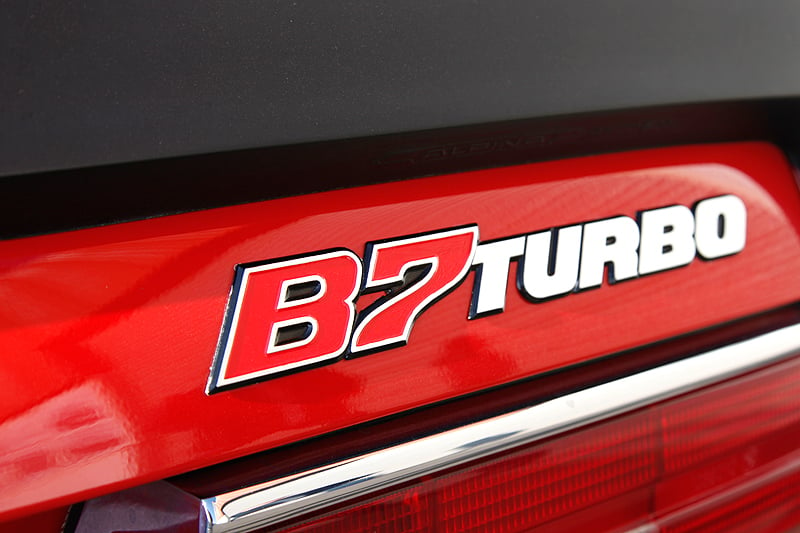
In the 70s, it was to Burkard Bovensiepen of Alpina in Buchloe, Bavaria, that many wealthy drivers turned for the ultimate BMW. The conversion of Deutschmarks to bhp was one normally in Mr Bovensiepen’s favour, but most owners were happy with the results despite the financial pain. Bovensiepen started the company in the mid-60s as an offshoot of his family’s successful typewriter business and, although it maintained a highly successful racing team for many years, its modified BMWs were more long-distance GTs for European businessmen than out-and-out racers made popular in later years by BMW’s own M Division.
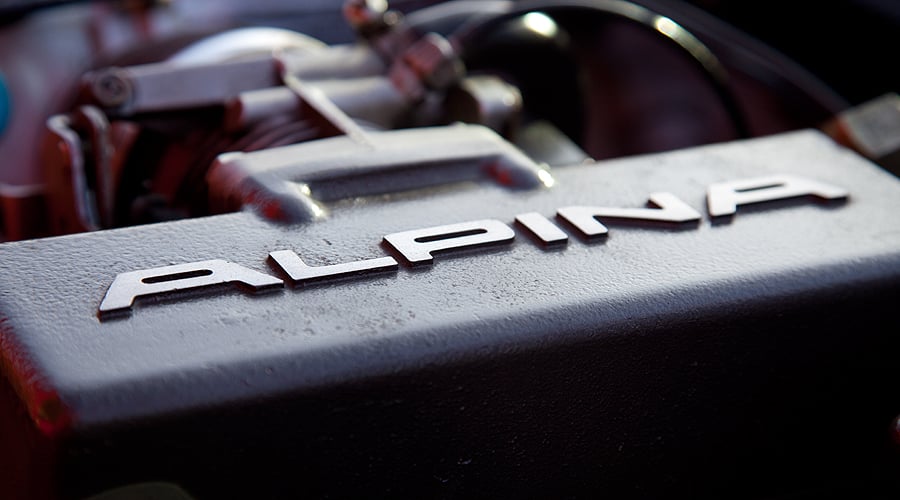
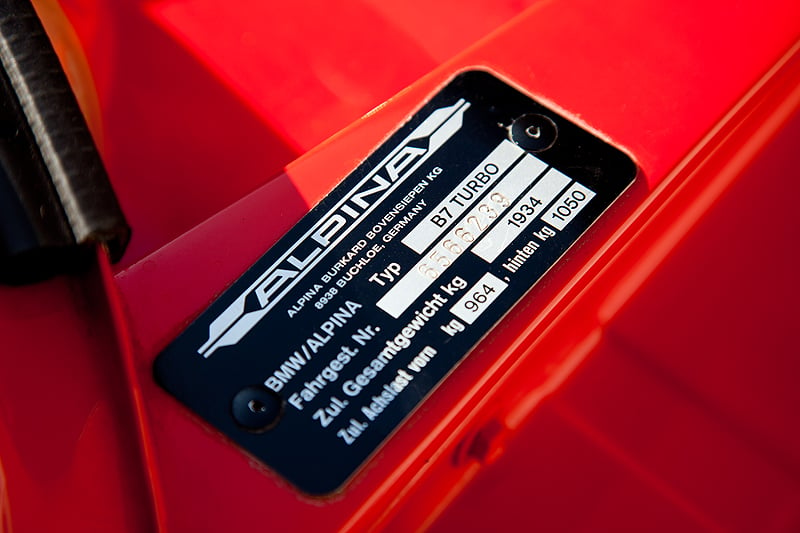
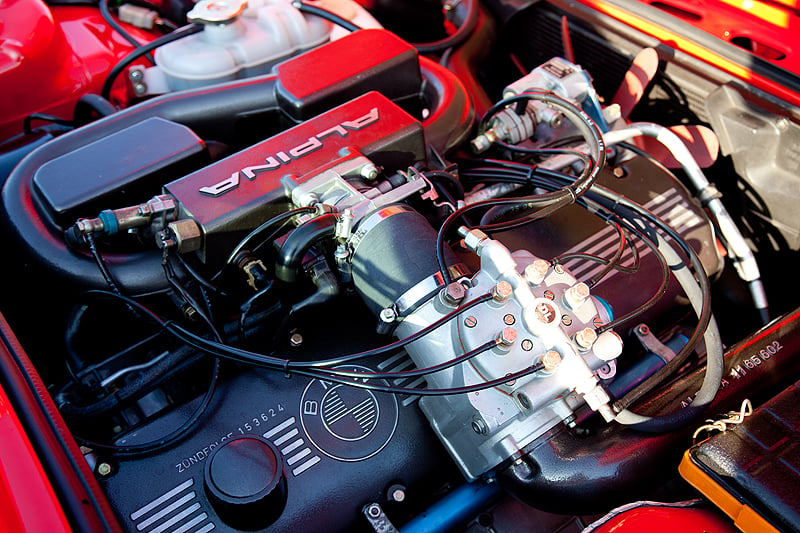
In developing the straight-six, no expense was spared. In addition to the turbocharger (a technology in its infancy in road cars then, and only just appearing on the race track), Alpina fitted all-new ignition, fuel injection and a bespoke inlet manifold.
And for the long-distance driver, an extra-large, 100-litre fuel tank was an option. Not that the B7 Turbo was overly thirsty – the German magazine Sportauto described the car as “the most efficient 300bhp car possible, with 17.8l/100km economy”. That’s nearly 14mpg, which does not sound so good now, but at the time of Aston Martin V8 Vantages and Ferrari BB512s it wasn’t bad going.
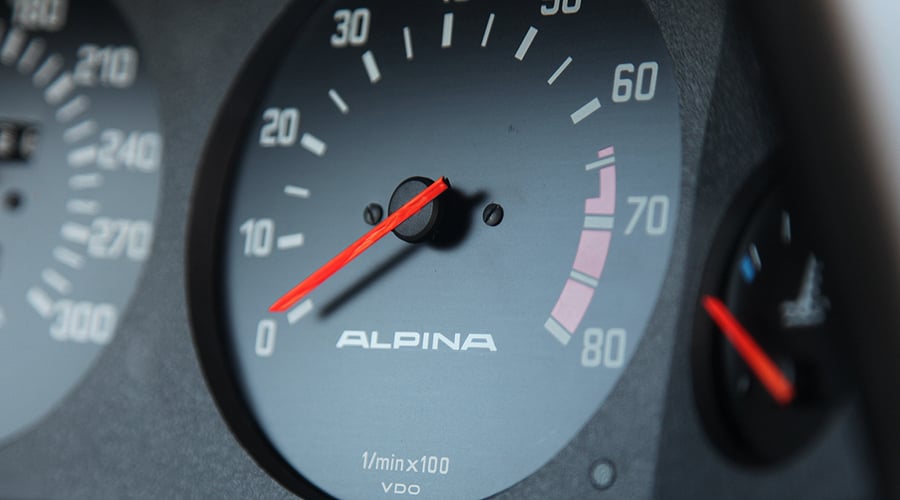
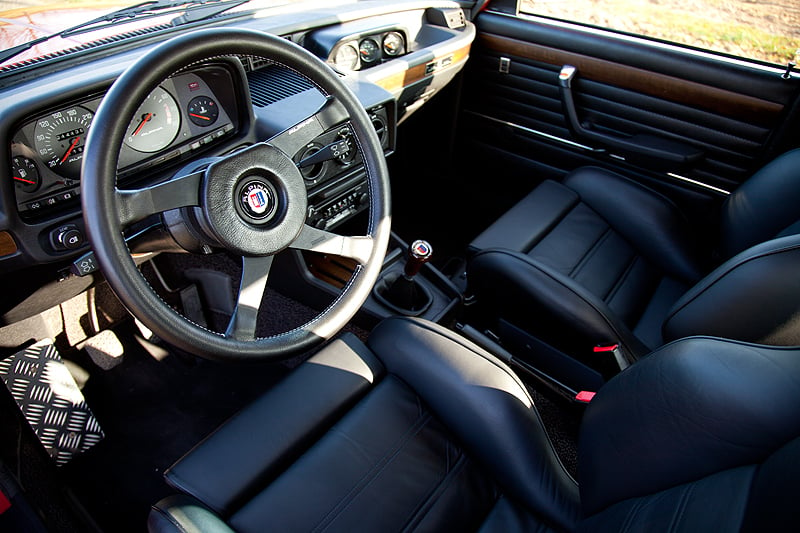
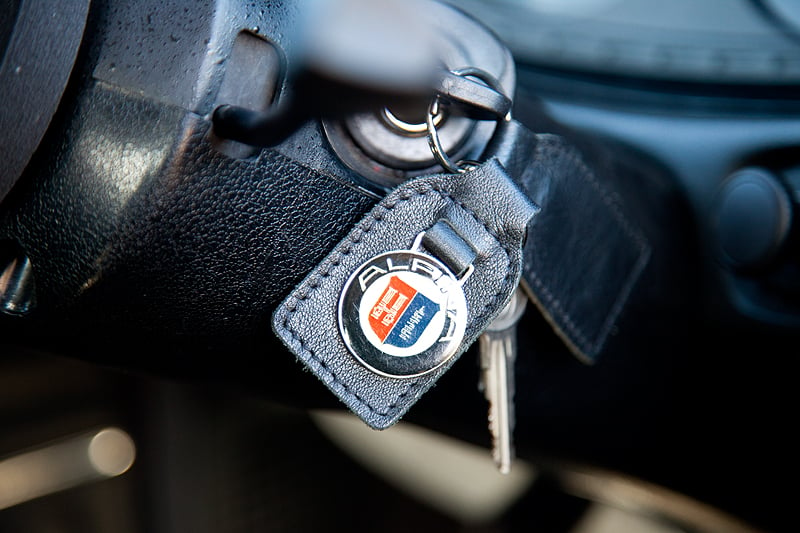
Adding a turbocharger, bigger wheels, some aerodynamic devices and subtle suspension and braking modifications transformed an already fast BMW saloon into an exceptional one. The B7 Turbo’s top speed of 258km/h (just over 160mph) wasn’t only the fastest for a saloon: it was a figure that would stretch many smaller-engined Ferraris, Maseratis and Porsches.
Inside, driver and passengers were treated to excellent, supportive Alpina sports seats. The steering wheel was a special Alpina four-spoke, and behind that sat many new dials and gauges carefully measuring under-bonnet affairs. All this bespoke work was recognised by a numbered plaque on the dash.
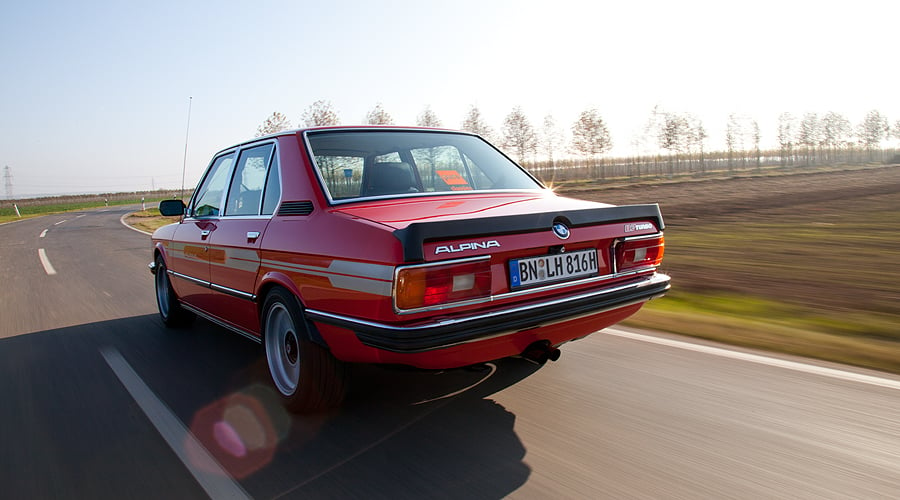
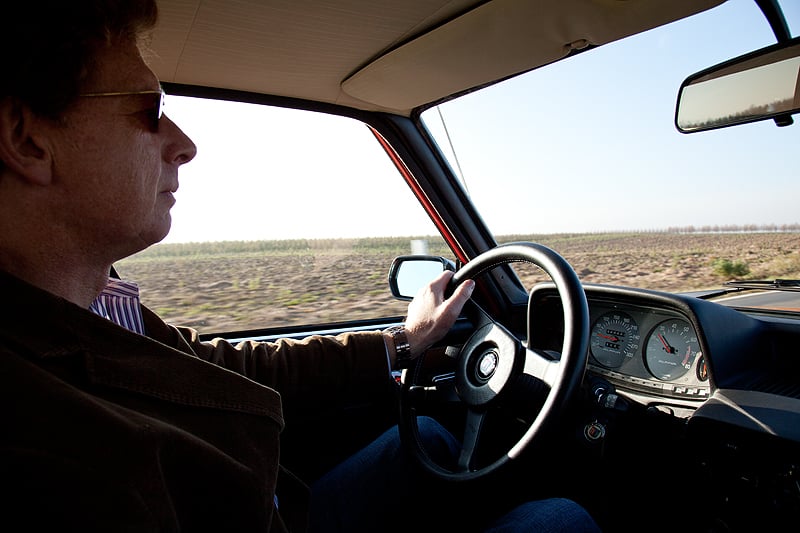
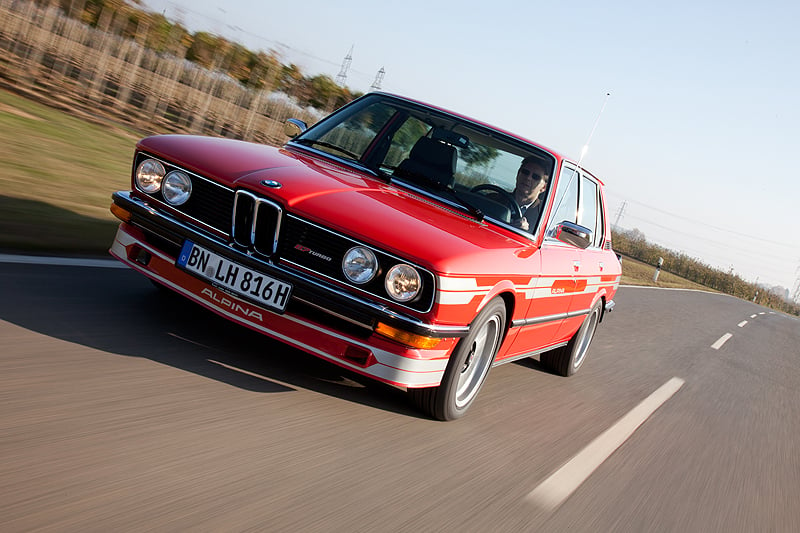
Nürburgring Nordschleife expert Strothe is at the controls for today’s drive - and he is in his element. “When the Alpina B7 Turbo version of the BMW 530 came to the market in the late-70s, it was my dream to drive one, even just once,” he said, carefully checking the oil temperature gauge and boost pressure.
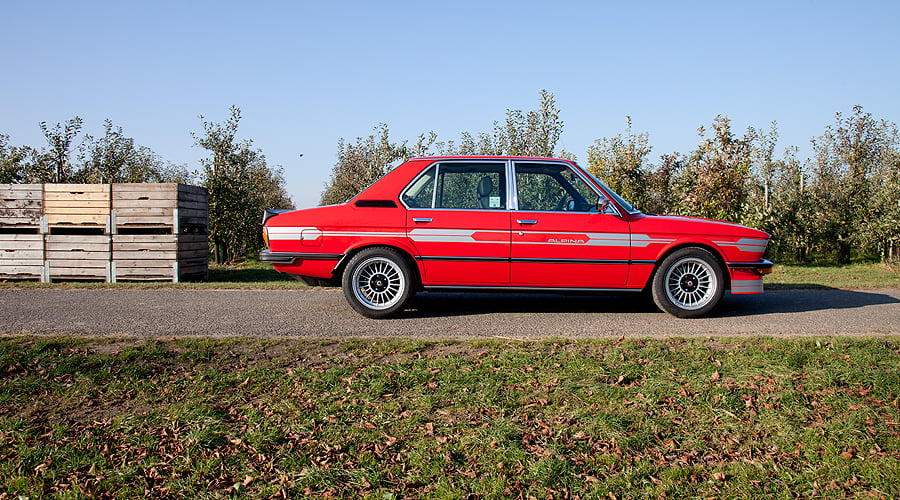
The 3-litre engine has warmed up now and the car is purring like a big cat. From 2500rpm onwards the turbocharger is on full boost and unleashes a massive 462Nm of torque. Not even a 3.3-litre Porsche 911 Turbo can match the elastic flexibility of the B7 Turbo - in fourth gear the four-door takes just 9.4 seconds to accelerate from 50 to 100km/h. Yes, there is some un-21st Century turbo lag, but the resulting strong performance is well worth the wait.
Despite this ferocity, the well-tuned chassis and 16in wheels and tyres cope with it well and seemingly glue the car to the road with little sideways movement.
Thirty years or so on, it’s still an impressive machine, and one that’s currently available at Pure Classics in Rheinbach. Please click HERE for further information on the car in the Classic Driver Marketplace.
Text & Photos: Classic Driver














